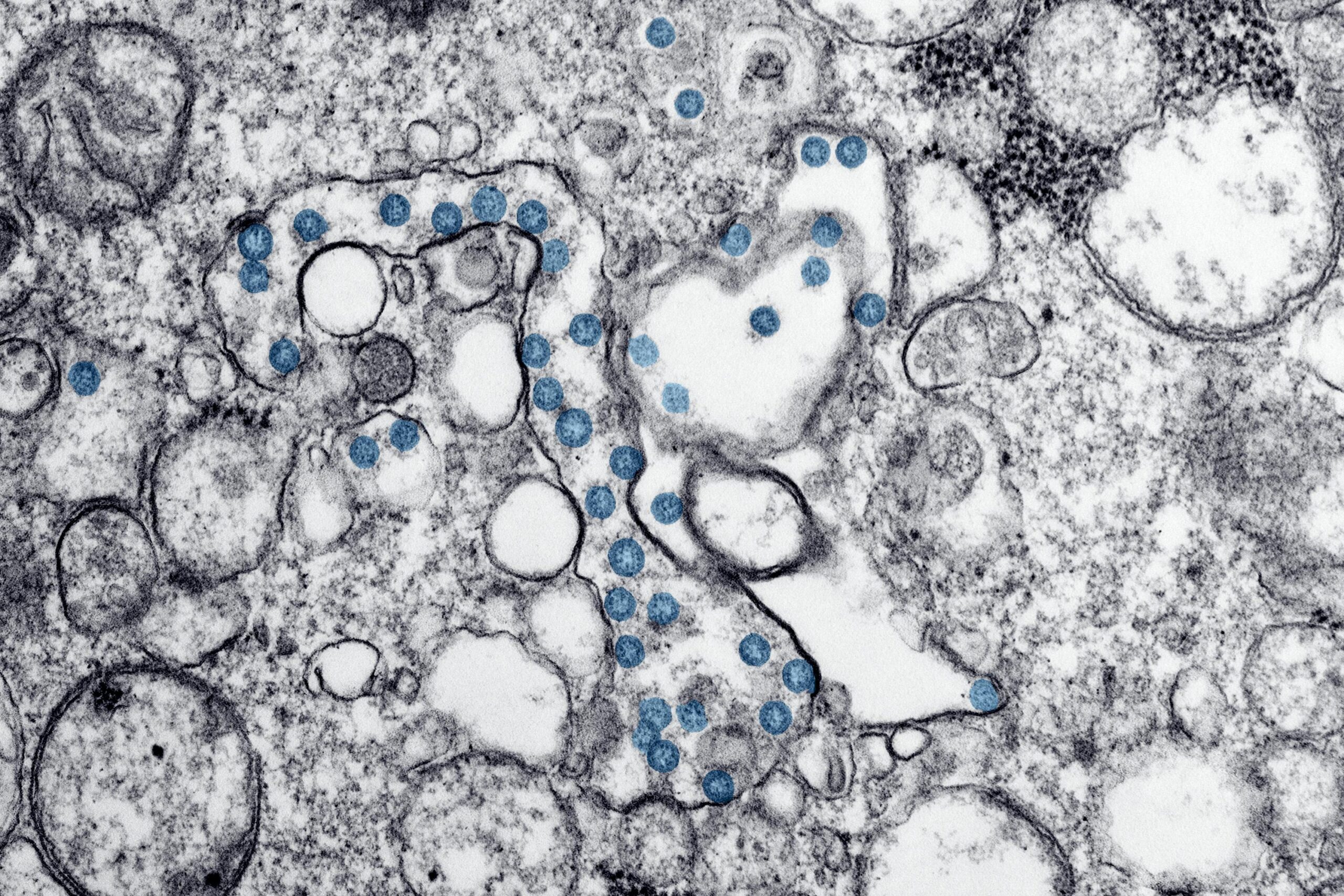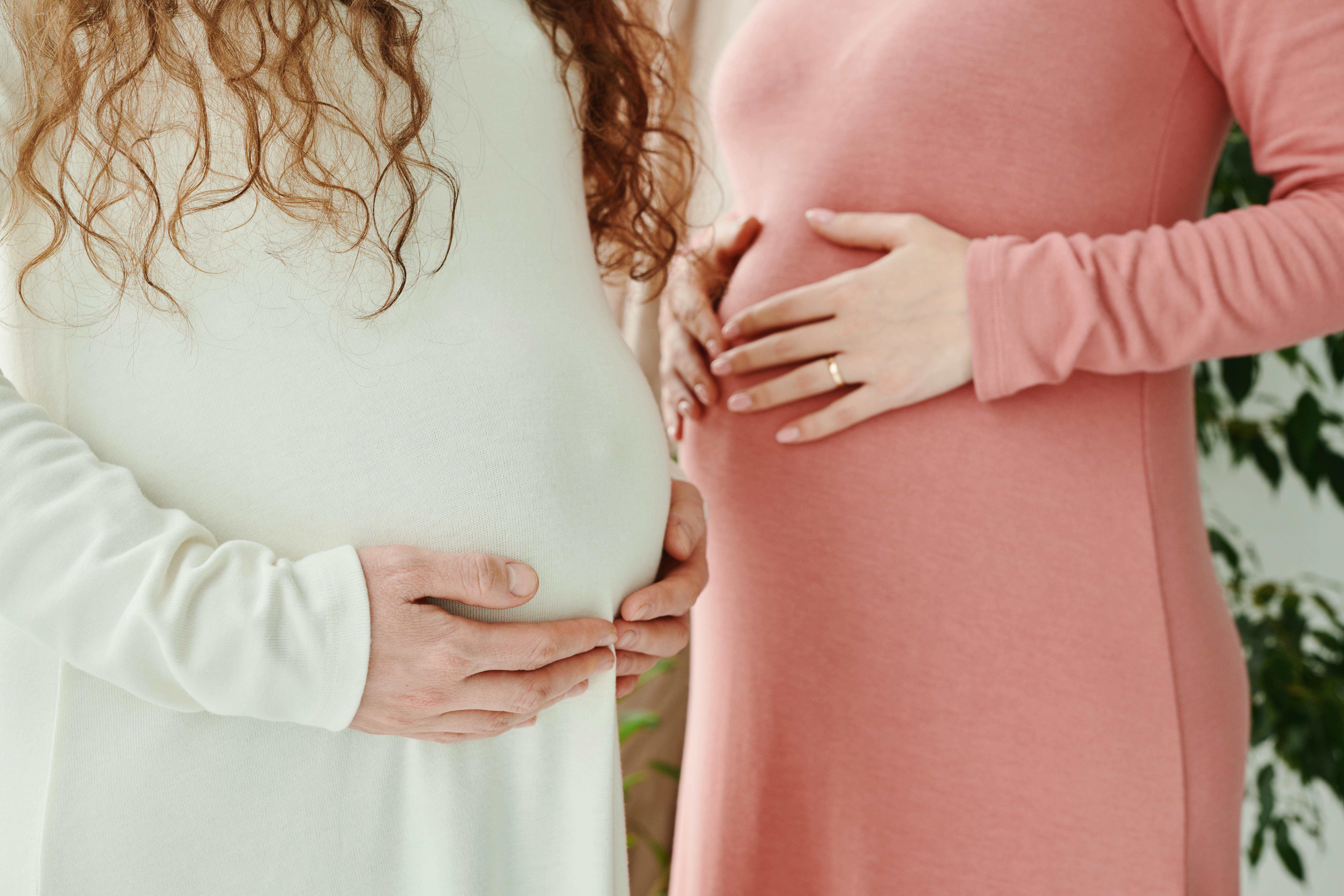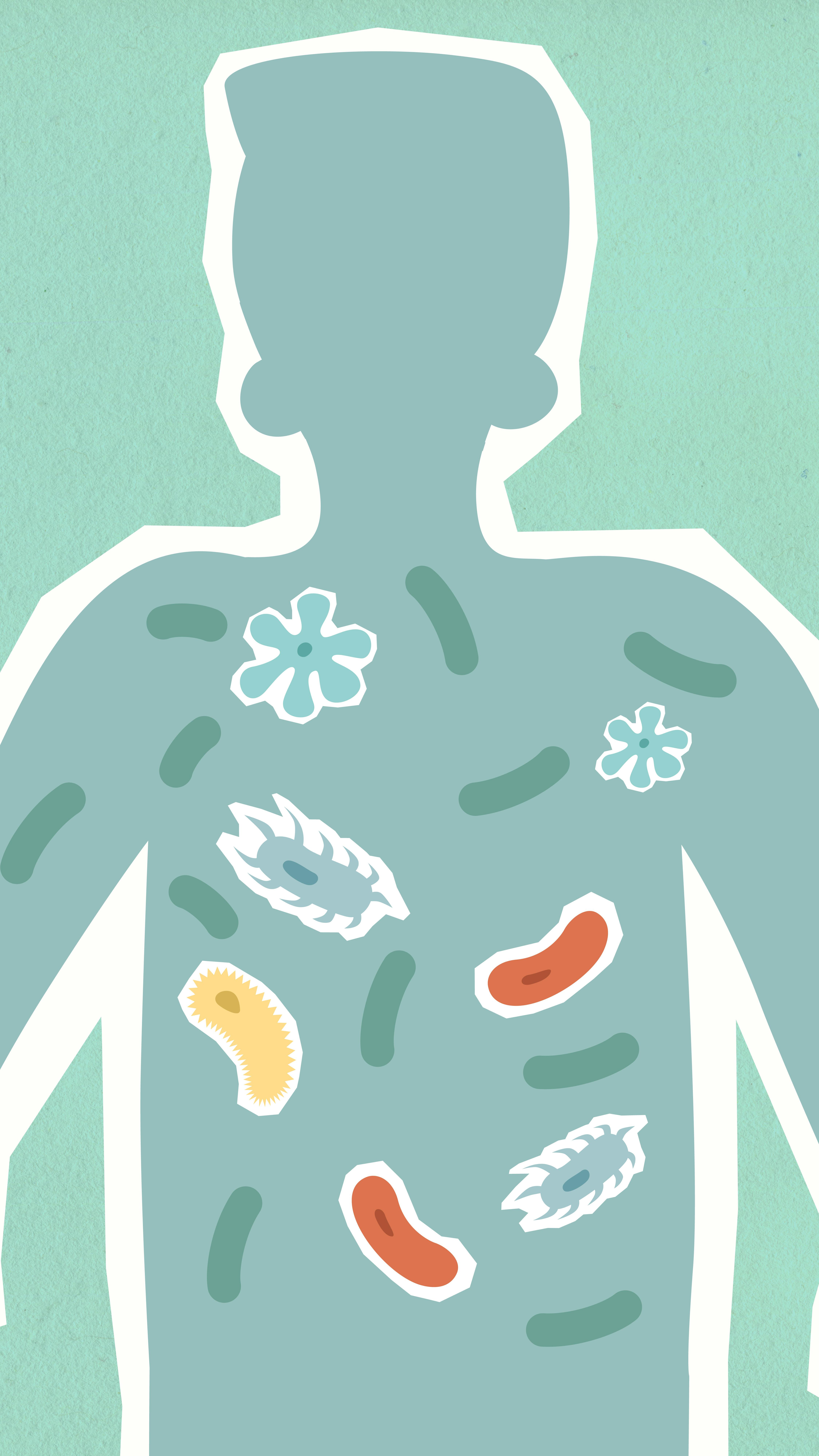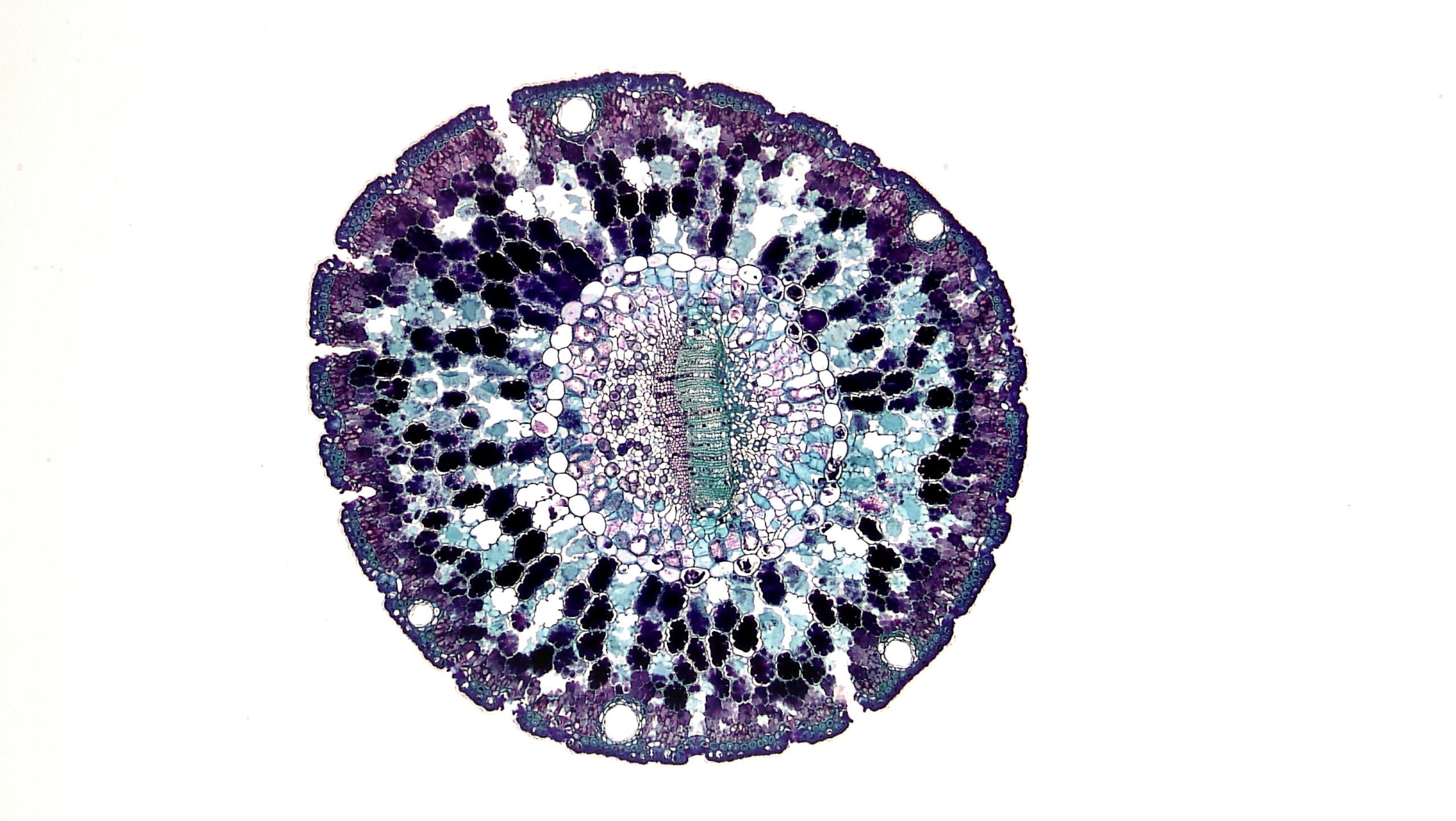Amid the growing collection of gut microbiome research, there is a stronger understanding, with empirical support, of its functions and influence throughout the human body. Researchers have now demonstrated that some organisms typically found in humans are transmitted and incorporated into wildlife living in urban environments.
Scientists of ecology and evolution at Cornell, Princeton, and Tulane universities collaborated to study the effects of cohabitation on the microbiomes of people and wildlife in cities. The results of the report suggest that urbanization affects both humans and wildlife in parallel ways, and that wildlife in cities acquire some of the bacteria that predominate in the microbiomes of urban-living humans. Contact with humans can cause a mismatch between host and microbiota, potentially contributing to disorders in the gut.
“With the influence of humans on ecosystems becoming more pronounced globally, there is a need to better understand the effects of urbanization on global wildlife microbiota,” explains team leader, Brian A. Dillard, a PhD student at Cornell University, in a statement. “Others have shown that urbanization can alter the composition of gut microbiota in diverse species of wildlife, leading to differences between wildlife living in urban and rural settings, but we did not know whether urbanization has similar effects on the microbiota across host species.”
To explore this, Dillard and colleagues studied the gut microbiota of both urban and rural populations of three vertebrate species: crested anoles (a type of lizard), coyotes, and white-crowned sparrows. These were compared with microbiota from urban and rural populations of humans. The scientists obtained their data from fecal samples collected throughout the world.
Analysis of the samples showed significant differences in gut microbiota within the same species of wildlife populations from different locations.
Then, the team compared differences in the numbers of specific microbes between urban and rural settings, and between wildlife and humans. In all cases, the quantities of bacteria differed, between urban and rural populations, and between wildlife and humans.
The genus Bacteroides, constituted up to 15% of the microbiota in urban humans. The same genus was overrepresented in the urban wildlife fecal samples. Bacteroides is an established indicator of urbanization in humans. The researchers conjecture that humans are the source of these microbes in urban wildlife.
“The observation that these bacterial lineages found in humans increased in prevalence in urban wildlife is consistent with bacterial spillover from humans into wildlife in cities,” concludes senior author Andrew H. Moeller, of Cornell University. “Interspecies transmission of microbes can lead to deleterious effects for the recipient host, although that is not always the case. We still don’t know what effects, if any, the microbes identified are having on urban wildlife.
“What is clear is that wildlife microbiomes are more similar to human microbiomes in urban environments than they are in rural environments,” he continues. “We also know that changing the microbiome can affect health, so it will be important to investigate what the consequences are for wildlife hosts.”
The research is published in the journal eLife.











